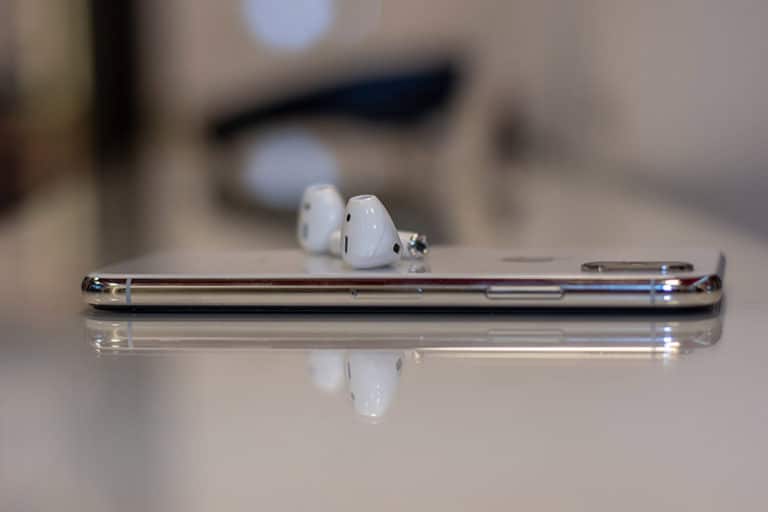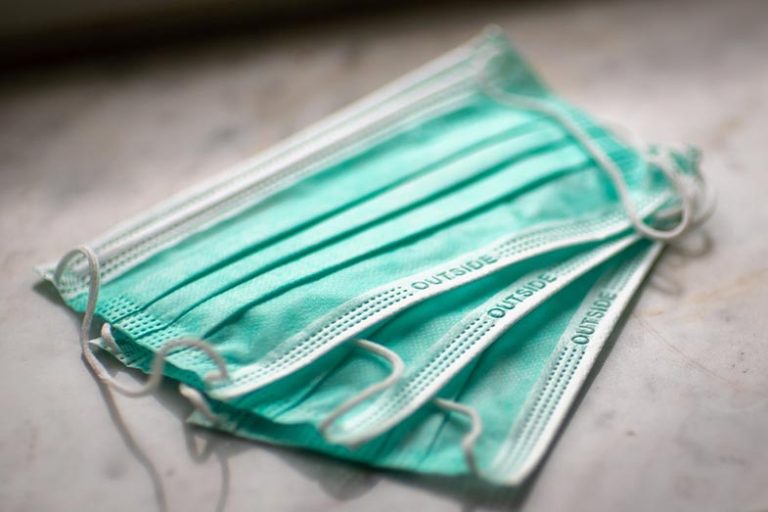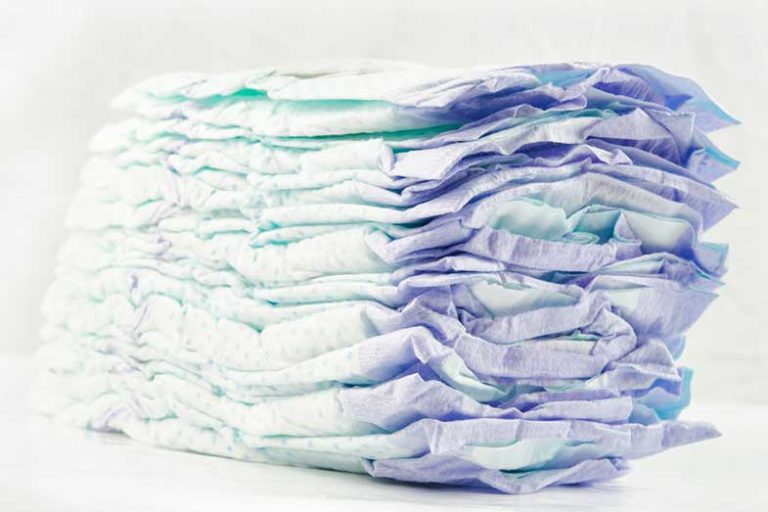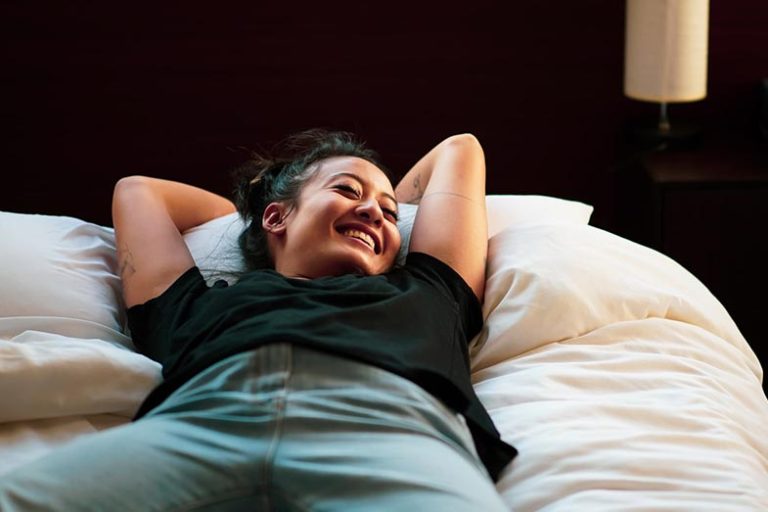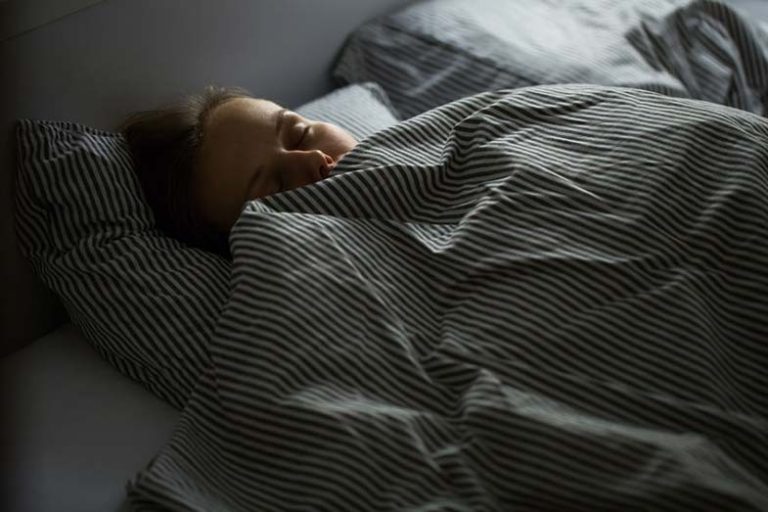Why Did People Wear Nightcaps? (Why Not Now?)
Disclosure: We may get commissions for purchases made through links in this post.
Back in the day, people wore nightcaps, along with nightcap clothing, as they slept. There were different nightcaps for men and women: Women’s nightcaps were usually a long piece of cloth wrapped around the head, while men’s nightcaps were traditionally pointed with a long top that had a small pompom-like ball at the tip.
Why did people wear nightcaps? Nightcaps were worn for a variety of reasons. One of them was to keep warm during the night, especially during the medieval period. Other reasons were to protect the hair and keep it tangle-free. Wearing a nightcap was also fashionable. It helped maintain a particular hair style for several days.
Not much of a fashion statement, but nightcaps served a very important purpose, which is why people have been wearing them since the 14th century, and maybe even earlier. So, why did people wear nightcaps, and why are we no longer wearing them now? Let us first take a look into its history to get a better appreciation of this nighttime accessory.
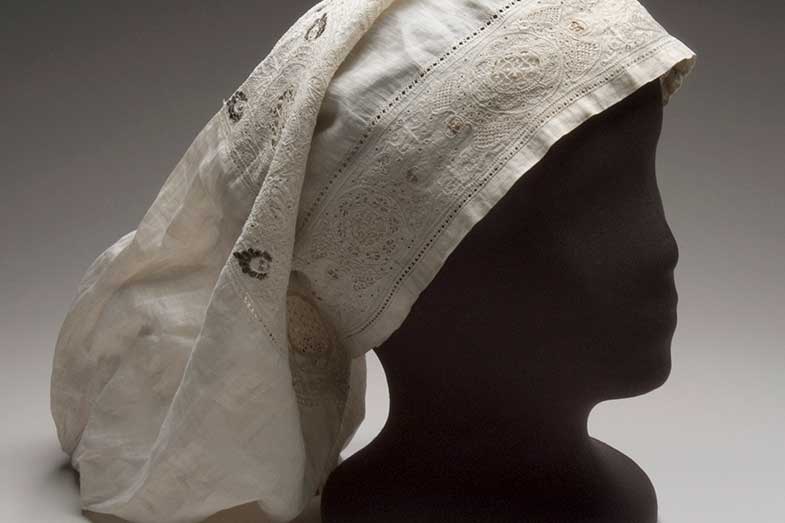
History of The Nightcap
During the medieval period, all the way to the Victorian era, homes were kept warm by wood and coal stoves. At night, there would be no means to maintain the temperature, so people had to wear nightcaps to keep them warm.
In the 18th century, it became common for men to shave their heads and wear powdered wigs, and so nightcaps became all the more necessary to keep their heads warm at night. The same was the case for the ladies, who opted to shave their heads as well. Eventually, a new trend emerged, and ladies began having their hair styled rather than wearing a wig. However, it was too expensive to get a very extravagant hairstyle for every formal occasion, so nightcaps were worn for a different purpose this time – to preserve the hairstyle for a couple of days.
In the Victorian era, nightcaps were worn by women of all ages. A Victorian nightcap was usually made of cotton or wool and was worn out of necessity because bedrooms were usually chilly.
By the turn of the century, during the Edwardian era, nightcaps have gone out of fashion. During this period, if an Edwardian woman was seen wearing a nightcap, she was considered elderly and unstylish.
However, because of the elaborate pompadour coiffure, which required curled hair, women went back to wearing a nightcap hat in the late 1900s and early 1910s to keep their curls from getting tangled during the night.
7 Benefits of Wearing a Nightcap: The Pros
Aside from offering warmth at bedtime, there are many other reasons people, especially women, preferred to wear nightcaps back in the day.
Benefit #1: Wearing a Nightcap Results in Shiny Hair
It is said that a nightcap made of silk fabric is excellent for adding luster to hair. An excerpt from the Los Angeles Herald in 1903 advised women to wear a cap at night, specifically a silk one. It further added that silk has natural attributes that are good for the hair, creating a glossy or polished look.
Many people swear by this up to this modern age when silk hair wraps have been designed to continue the work of a silk nightcap, which not only acts as a barrier between your head and the pillow as you sleep it also functions as a natural conditioner as it helps prevent excessive breakage and reduces the production of the sebum that makes hair greasy.
Benefit #2: Wearing a Nightcap Keeps Hair Tangle-Free
Wearing a nightcap essentially covers one’s hair, and so it helps protect hair from developing tangles as you sleep. And while there are more modern ways to do this, like putting on hair serum or tying your hair in a loose bun, wearing a nightcap, particularly a silk nightcap, is undoubtedly a tried and tested way to wake up with tangle-free hair.
Benefit #3: Wearing a Nightcap was Said to Make Women More Attractive
The importance of wearing a silk nightcap was once again emphasized in another article published in the Los Angeles Herald in 1912. According to the article, to gain the most benefits from wearing a silk nightcap, women should brush and braid their hair, then wear a silk nightcap to keep hair in place before retiring so they look presentable at breakfast. Back then, coming to the breakfast table with uncombed hair was unacceptable.
Benefit #4: Wearing a Nightcap Protects the Expensive Marcel Wave Hairstyle
The Marcel Wave hairstyle was designed in 1872 by Francois Marcel, a French hairdresser who used curling irons and revolutionized hairstyling for women. Of course, women had to pay a hefty amount to have this hairstyle, and wearing a nightcap was a good way to make the most of their visit to their hairdresser. After their hair has been fixed up for a particular event or occasion, women would normally wear a nightcap so their lovely hairdo could last for two to three more days.
Benefit #5: Wearing a Nightcap While Traveling Keeps Your Hair Clean
In the early 1900s, wearing a nightcap while traveling, particularly ones made of silk, lace, or muslin, was indispensable as it kept one’s hair perfectly clean. Also, a nightcap gave women travelers wearing wigs that added protection.
Benefit #6: One Can Wear a Nightcap to Perfume the Hair
Scent caps are nightcaps that are fitted to the head and are lined with sachet powder. These are easy to use to perfume the hair – one simply puts it on before going to bed and wakes up the next day with fragrantly scented tresses.
Benefit #7: Wearing a Nightcap Protects the Pillow from Hair Tonic
One common hair care regimen in the early 1900s was to massage the scalp at night with the fingers and apply hair tonic directly to the scalp using a medicine dropper and rub this in a little. This is followed by a final brushing, and then the hair is loosely braided for the night. Wearing a nightcap protects the pillow from the oily hair tonic and keeps the pillow clean.
Reasons Not to Wear A Nightcap: The Cons
Despite the many benefits of wearing nightcaps, people also found a few reasons not to wear them. Let’s take a look at them.
Reason #1: Nightcaps are Heating
In 1911, an article on Beauty Culture contradicted the benefits of wearing nightcaps, saying that these can heat the scalp, and unless one is bald, one should not be wearing them as they sleep. However, present-day hair gurus continue to recommend wearing hair wraps similar to nightcaps or silk scarves to prevent hair damage during sleep.
Reason #2: Hair Should Be Aired at Night
In a Sacramento Union article published in 1914, people were discouraged from wearing nightcaps regularly. According to this literature, wearing a boudoir cap regularly is bad for the hair because the hair must have a certain amount of light and air each day. It added that a perfumed nightcap might be worn once a week, but the hair should only be braided after the hair tonic massage on the other nights.
Reason #3: Nightcaps are Unfashionable
As mentioned earlier, nightcaps started to become unpopular in the Early Edwardian Era. During this period, only the old female members of society were wearing nightcaps, and if younger women were seen wearing them, they were considered out of fashion. And so, while there are numerous reasons a woman would benefit from wearing a nightcap in bed, most were discouraged, especially the younger ones, from doing so.
Goodbye, Nightcap?
Only a few people nowadays are wear nightcaps, so exactly when did nightcaps go out of style? As bedrooms became more regularly heated and cooled, the need for nightcaps as insulating sleepwear eventually waned, although some continued to wear them for other reasons.
The Edwardian era was when nightcaps went out of fashion. As mentioned earlier, during this era, if an Edwardian woman was seen wearing a nightcap, she was considered elderly and unstylish. And, although the nightcap hat made a comeback in the late 1900s and early 1910s, as women saw the need to keep their curls from getting tangled during the night, the practice of wearing nightcaps slowly died along with the hair trend.
Conclusion – Why Did People Wear Nightcaps?
Should we be wearing nightcaps in this day and age? It may not seem that nightcaps are as popular now as they once were, but the answer to this question will have to be a resounding “Yes”! Although this sleeping accessory was initially designed to keep men and women warm as far back as the 14th century, it has evolved to serve an essential function in keeping women’s locks in great shape as they sleep.
And even as it has become unpopular in a particular era, it is apparent that many still see the value in wearing nightcaps nowadays. So much so that they are offered in modified forms and different names, such as sleep caps and sleeping hats.

